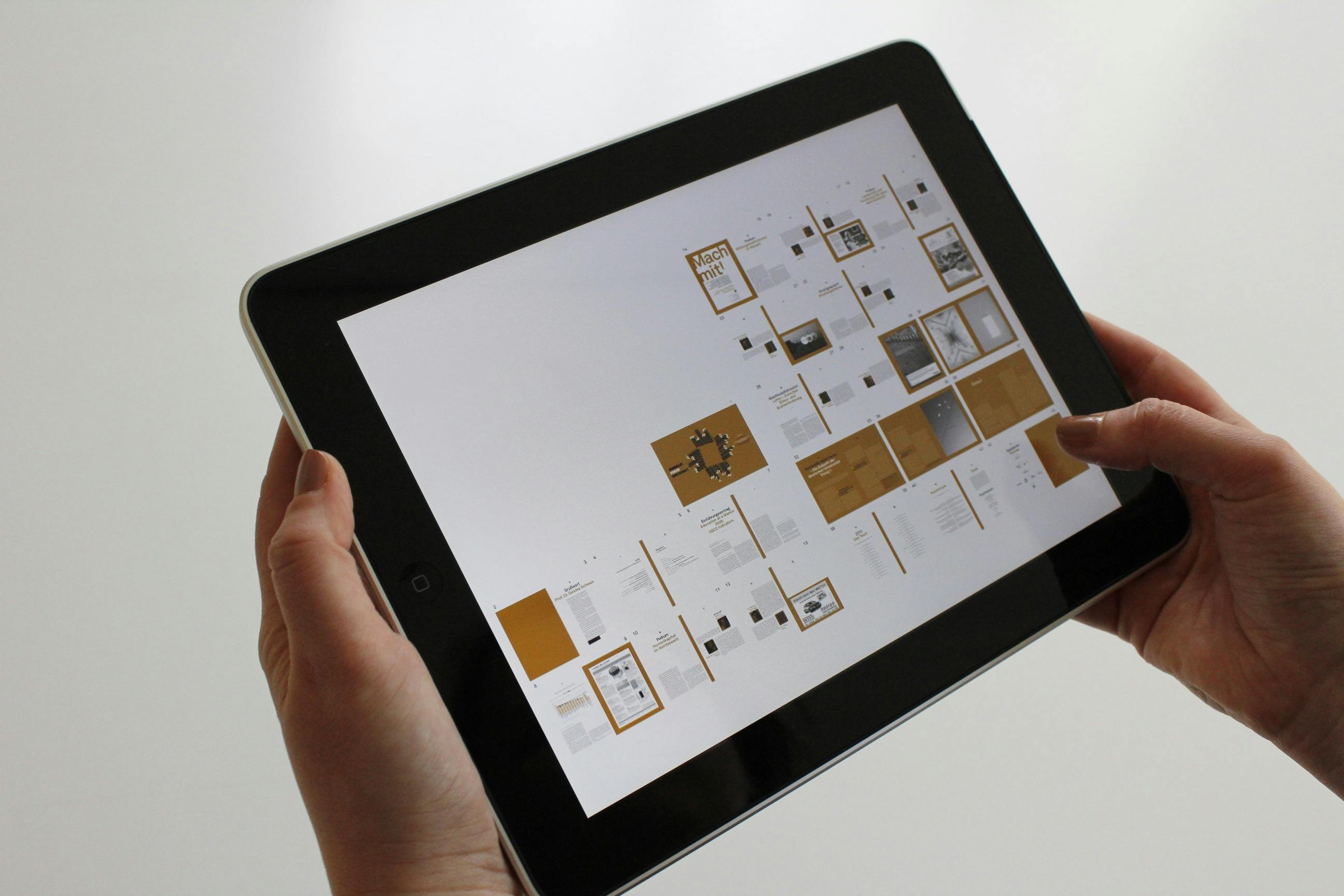Woodworking as a hobby or business is a great outlet for your creativity. Woodworking provides immense satisfaction through the creation of tangible objects. Learning about carpentry can be overwhelming at first, unless the learning process is broken down into steps.
When starting out, woodworking can be learned by taking classes at a local high school or community college. You will need to find time to attend these classes. Classes generally include a practical component so you can work on a project as skills are learned. These classes introduce you to a variety of tools that are commonly used in carpentry.
That said, many carpenters are self-taught. The secret to learning how to work with wood is to learn and understand the basics and start creating small projects. These projects may initially include basic joinery joints using dimensioned lumber purchased from a lumber supplier or box store. Once you develop your skills, woodworking can become more advanced. Examples of simple joinery are dowel joints and inlay joints. Advanced joinery would be mortise and tenon joints and dovetail joints. Mistakes will be made initially, but it is through these mistakes that carpentry is sometimes best learned.
There are many books and magazines available today that cover all aspects of woodworking. The books can be general in nature or they can discuss specific woodworking skills. Magazines often cover a technique and offer projects to work on. Projects often include detailed plans.
In general, two types of joinery are used today. The first type involves the exclusive use of machinery and power tools, while the second type is dominated by hand tools. Exclusive use of machinery is typically seen in higher volume furniture production environments. The use of hand tools in woodworking is a growing trend as it has many benefits, including minimal noise and almost no dust creation. With smaller living spaces today and the need for quiet; Working wood with hand tools often makes sense.
However, the use of machinery and power tools is often necessary in the initial stages of a project. This stage would be the preparation of the boards and components of the project. Although the wood for a project can be prepared by hand, it can be tedious and time consuming.
For this reason, there is a new type of carpentry called hybrid carpentry that involves a combination of power tools and hand tools. Power tools are used in the early stages of a project to prepare and sheathe board. Then, hand tools are used to create the necessary joinery and to continue shaping the boards into furniture components being created. Finer, more detailed work is best done with hand tools like chisels and small back saws.
Carpentry is a very broad subject and skills are typically acquired through many years of practice in creating furniture. However, learning the basics can speed up this process considerably. Fewer mistakes are likely to be made if certain carpentry concepts are understood early on. A common problem novice carpenters face is a lack of understanding of the movement of wood. Wood moves as it dries and expands when subjected to a humid environment. If the movement of the wood is not taken into account during the construction of the furniture, the furniture can slowly begin to self-destruct, as the wood is not inherently dimensionally stable. This is just one concept that is important to understand from the beginning.
To learn all about woodworking through an online woodworking course, visit: http://www.woodskills.com/Courseware/WoodworkingCourse.html


